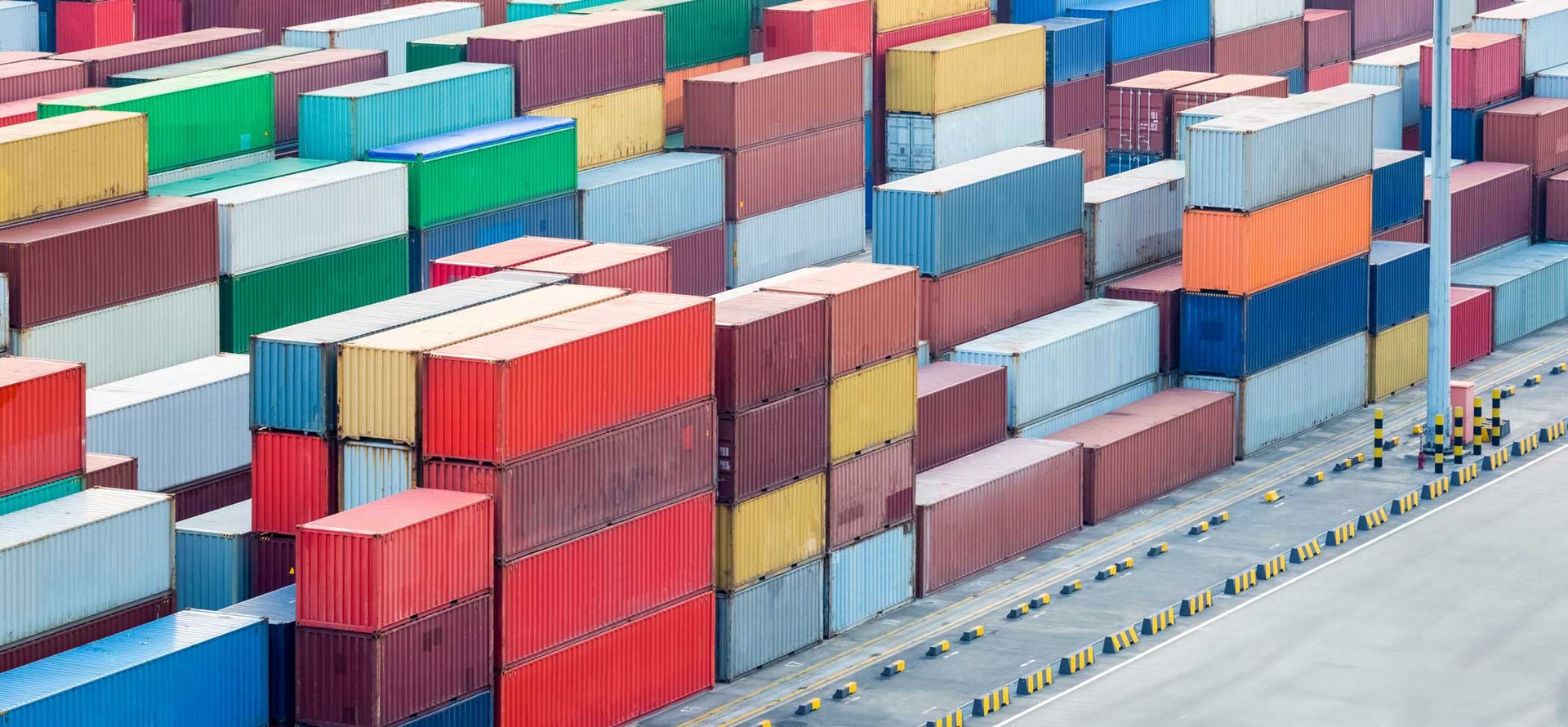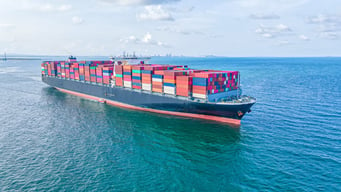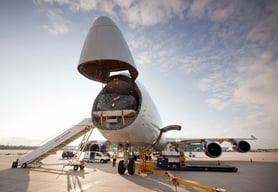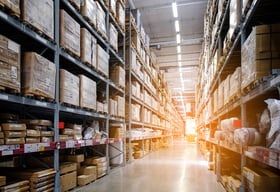
Shipping Auto Parts

Home > Freight Glossary > Shipping Auto Parts
How to Pack and Transport Car Parts
Packing car parts properly is key to preventing damage during transit. Here are some general tips:
- Use sturdy boxes: Ensure the boxes are durable enough to handle the weight and size of the auto parts.
- Padding: Use bubble wrap, foam, or packing peanuts to cushion the parts, especially fragile items like mirrors and lights.
- Seal securely: Make sure the boxes are sealed with heavy-duty packing tape to prevent any shifting during transport.
- Label correctly: Properly label boxes with “Fragile” or “Heavy” stickers when necessary.
Shipping Auto Parts Under 150 lbs
For auto parts under 150 lbs, you can typically use standard shipping services like UPS, FedEx, or USPS. These parts include smaller items like wheels, lights, or mirrors. Ensure that the package complies with the carrier's size and weight limits, and consider opting for shipping insurance to protect high-value items.
Shipping Auto Parts Over 150 lbs
For auto parts over 150 lbs, such as transmissions or engines, you'll need to work with freight shipping companies. Heavy or oversized auto parts often require palletization or crating to ensure safety during transit. These parts are usually transported via LTL (Less-than-Truckload) freight, which allows for secure and efficient handling.
Common Auto Parts for Shipping
1. Wheels: Shipping wheels involves using a durable box or wrapping them in protective materials to prevent scratches. Place padding between each wheel if shipping more than one.
2. Car Hood: Hoods are large and awkwardly shaped, so they typically require special packaging and protection. Crating the hood is an effective way to avoid damage.
3. Bumper: Bumpers are often shipped in custom-sized boxes or padded and wrapped with bubble wrap for protection. They should be labeled as oversized items.
4. Transmission: One of the heaviest car parts, the transmission needs to be secured on a pallet and protected with a crate or heavy-duty packaging to prevent damage.
5. Hazardous Materials: Some car parts, like airbags, batteries, and engines with fluids, are classified as hazardous materials. These items require special packaging and shipping methods compliant with regulations to avoid hazards during transport.
Regulatory and Compliance Information
Customs Regulations for International Shipping
When shipping auto parts internationally, you must comply with customs regulations of both the exporting and importing countries. Include a commercial invoice, packing list, and ensure proper classification under the Harmonized System (HS) code. Certain parts may have restrictions or require additional documentation, so it's essential to research the destination country’s import requirements.
Safety Standards
Shipping auto parts, especially those that contain hazardous materials like batteries or airbag modules, must adhere to safety standards outlined by regulatory bodies. Shipping these items involves additional paperwork and handling procedures to prevent accidents during transit.
Contact

Ocean Freight

Road Freight









